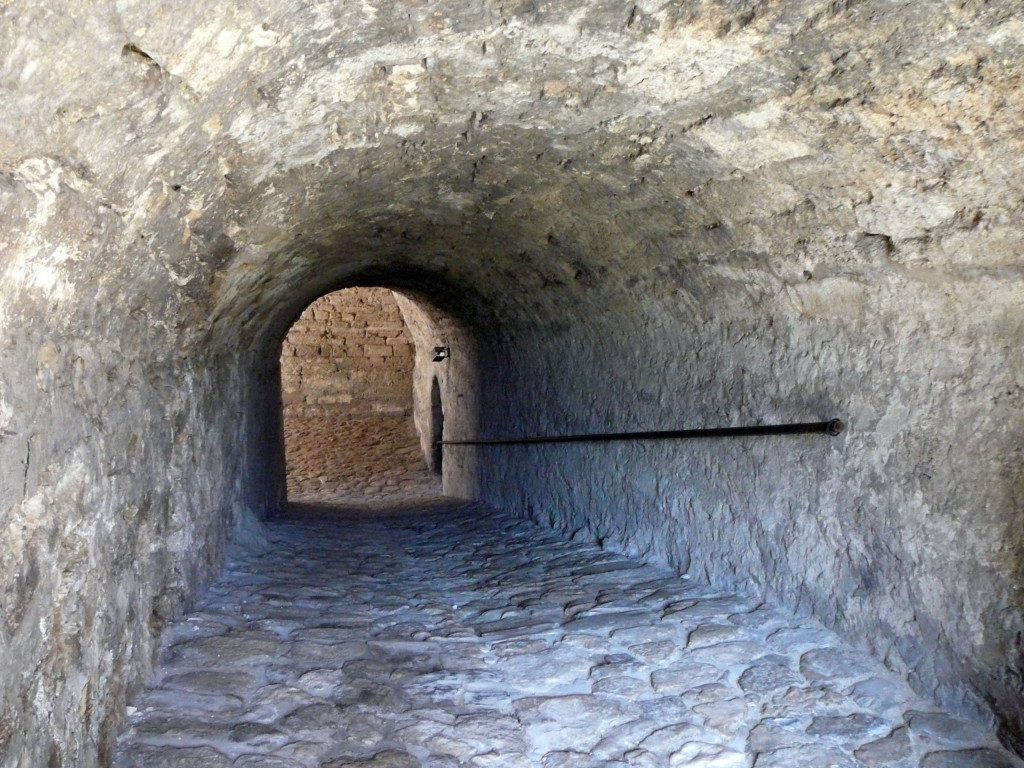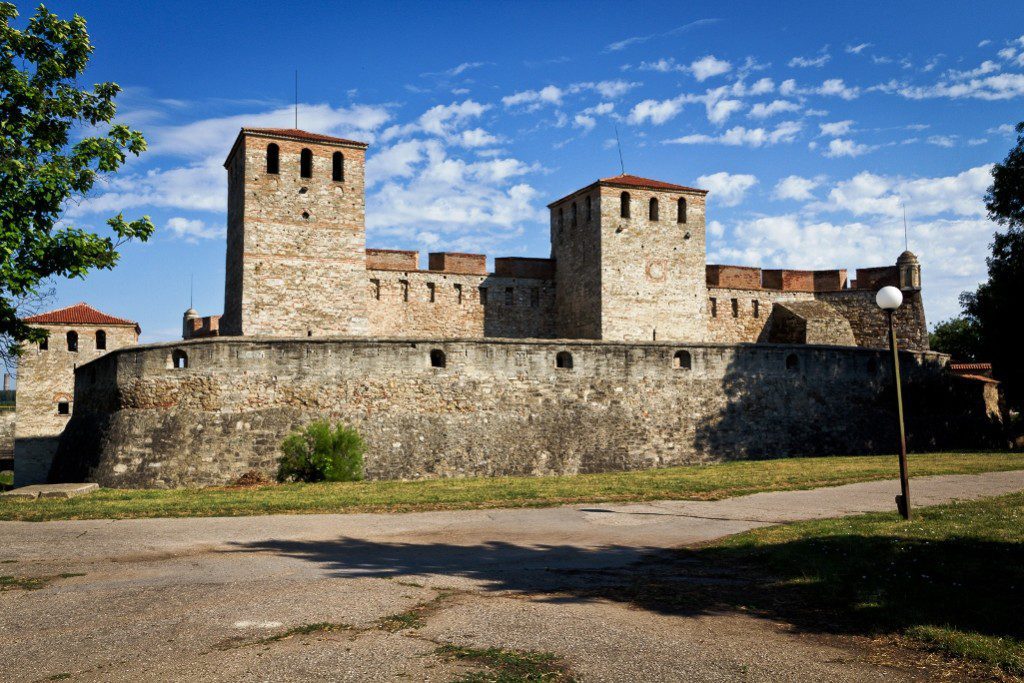Baba Vida is the only completely preserved medieval fortress in Bulgaria, featuring both a fortification and royal castle in northwestern Bulgaria and it is the town’s primary landmark. It comprises two fundamental walls and four towers. As the most significant fortress in the region, it played a vital role in the game of power for several centuries. Baba Vida is situated at an altitude of 39 m.
The fortress construction was started in the 10th century at the place of an Ancient Roman watchtower. The building of Baba Vida is tied to a legend, according to which a “Danubian Bulgarian King” who pompous ruled at Vidin actually had three beautiful daughters: named “Vida”, “Kula” and “Gamza”.
Before his death, he decided to distribute his realm between them. The name “Baba Vida” refers to these Bulgarian sister princesses. The two of whom married impetuously and wasted their inheritances while the third “Vida” – remained single and built the fortress in her city. Vida, the eldest, was given Vidin.
The Carpathians, However, Gamza and Kula married a drunkard and warlike nobles, the name of the castle means “Granny Vida”. Baba Vida served as Vidin’s main defensive building. Hence during the course of the middle ages and acted as the most vital fortress of northwestern Bulgaria. The Baba Vida stronghold stood an 8-month-long siege by Byzantine forces led by Basil II.
But he was badly damaged and once again erected during the rule of Ivan Stratsimir, as whose capital is served. Moreover, between 1365 to 1369, the fortress was in Hungarian hands. Vidin was abruptly attacked by the forces of Louis I of Hungary. But it took quite a few months to overcome Baba Vida.
In 1369, “Ivan Sratsimir” managed to regain control of his capital, albeit having to remain under Hungarian overlordship. Although in 1388, the Ottomans attacked Sratsimir’s lands and forced him to become their vassal. But in 1396, he decides to join an anti-Ottoman crusade led by the King of Hungary, “Sigismund”, placing his resources at the crusaders’ disposal.
The crusade finished in the terrible Battle of Nicopolis at Nikopol, Bulgaria, with the Ottomans conquering most of Sratsimir’s realms shortly thereafter, in 1397. The fortress played a role during the Ottoman rule of Bulgaria, serving as a weapon warehouse. The Fortress is a prison, also a residence for Osman Pazvantoğlu. It has been no longer used for defensive purposes since the end of the 18th century.
As time passes, Baba Vida was opened as a museum to visitors in 1958. In 1964 the medieval castle was declared a cultural monument of national importance. Over the course of its existence, the Baba Vida Fortress has been built and rebuilt on various occasions, with elements of its past visible throughout.
These days, this restored site and museum has a main courtyard surrounded by an inner and outer wall as well as four towers. Where finds and intelligence about its history are kept. Being a famous tourist attraction in the towns, the fortress has been restored to its earlier appearance.
Please read out more Relevant articles.
-
Fort Jefferson, An abandoned Coastal Fortress in Florida
-
The Buried Fortress Town of “Gonur Tepe” in Turkmenistan
-
The Melted Bricks of Fort Zverev in Russia
-
Spitbank Fort
-
Derawar Fort in the Cholistan Desert of Bahawalpur
-
Sigiriya Rock Fortress, Sri Lanka
-
The Majestic Natural Mono Lake of California USA













